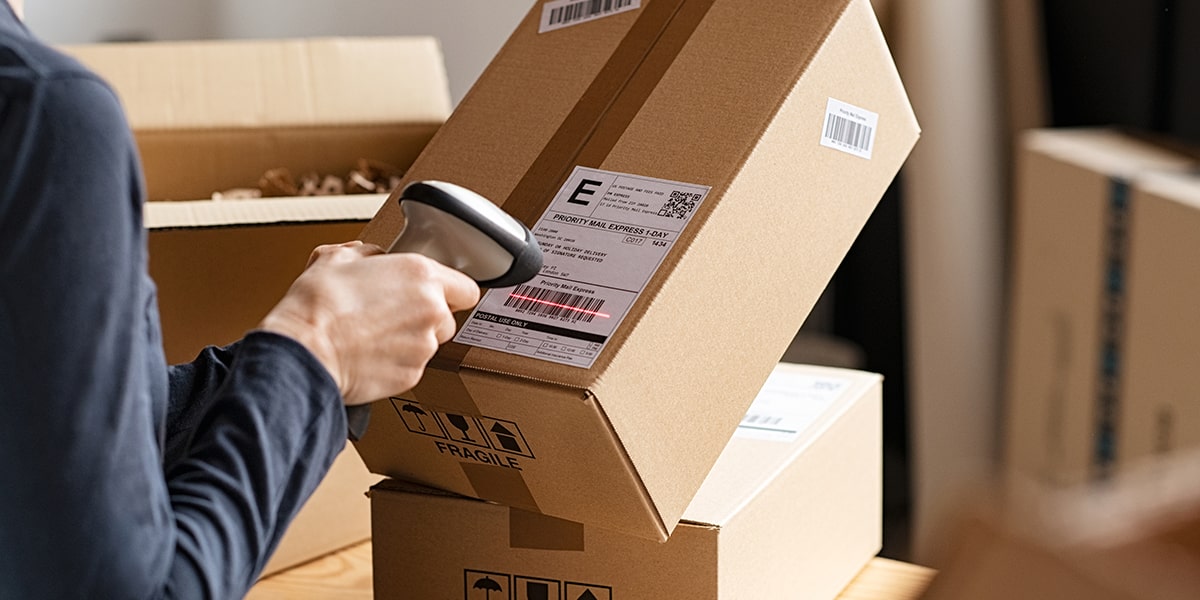Ink Adhesion Testing in Printed Labels
Ink adhesion testing is a critical aspect of ensuring the longevity and reliability of printed labels used across various consumer products. This test evaluates how well the ink bonds to the label material, especially under conditions that might lead to wear or exposure to environmental factors such as moisture, friction, or chemical interactions. The integrity of this bond directly impacts the effectiveness of labeling in conveying important information about product safety and usage.
For consumer products, the durability of printed labels is not just a matter of aesthetics; it plays a vital role in maintaining product integrity and compliance with regulatory standards. In industries such as pharmaceuticals, food & beverage, and cosmetics, incorrect or missing label information can lead to serious health risks. This underscores the importance of robust ink adhesion testing.
The standard for this test is ISO 18765:2014, which specifies methods for evaluating the resistance of printed matter to rubbing, adhesive removal, and other forces that might cause label failure during use. The test involves applying a specified force over an area of the printed surface and measuring the percentage of ink transfer or peeling.
The testing process typically begins with selecting appropriate specimens based on the intended application of the labels. This includes choosing the correct substrate (paper, plastic, foil) and ensuring that the ink used is compatible with the label material. The specimens are then subjected to a series of tests using specialized equipment such as rub testers or peel testers.
The results of these tests provide detailed insights into the performance characteristics of the printed labels. These metrics help quality managers and compliance officers make informed decisions about the suitability of their current labeling practices. By adhering strictly to international standards, companies can ensure that they meet regulatory requirements and enhance consumer trust in their products.
Industry Applications
| Industry Segment | Application |
|---|---|
| Pharmaceuticals | Ensuring the readability of drug information on packaging. |
| Foods & Beverages | Maintaining label integrity to prevent tampering and ensure proper product identification. |
| Cosmetics | Guaranteeing that labels remain intact during transportation and use, preserving brand identity. |
| Toys & Games | Evaluating the durability of safety warnings printed on toys to ensure they are not easily removed or altered. |
| Automotive | Testing label adhesion in high-friction areas, such as under the hood or on wheels, to prevent detachment during vehicle operation. |
| Machinery & Heavy Equipment | Evaluating how well labels resist harsh environmental conditions and mechanical stress. |
Customer Impact and Satisfaction
The results of ink adhesion testing directly influence customer satisfaction by ensuring that printed labels remain intact throughout the product lifecycle. A well-adhered label not only enhances brand image but also ensures compliance with regulatory standards, thereby fostering trust in the products.
For quality managers and R&D engineers, this test is a crucial tool for optimizing production processes. By identifying weak points in ink adhesion, they can make informed decisions to improve product design and manufacturing techniques. This leads to cost savings by reducing rework and waste while enhancing the overall quality of the final product.
Compliance officers benefit from this testing as it helps them stay ahead of regulatory changes and industry trends. By staying compliant with international standards, they ensure that their products meet legal requirements, thus avoiding costly fines or market recalls.
Use Cases and Application Examples
In the pharmaceutical sector, ink adhesion testing ensures that crucial information about dosage instructions and storage conditions remains legible even after prolonged use. In the food & beverage industry, this test guarantees that labels remain intact during shipping and handling, preventing potential tampering or misinterpretation of product information.
For cosmetic products, ensuring label integrity is vital for maintaining brand reputation and consumer trust. The results of ink adhesion testing can also help in optimizing the printing process to enhance durability and reduce waste.





